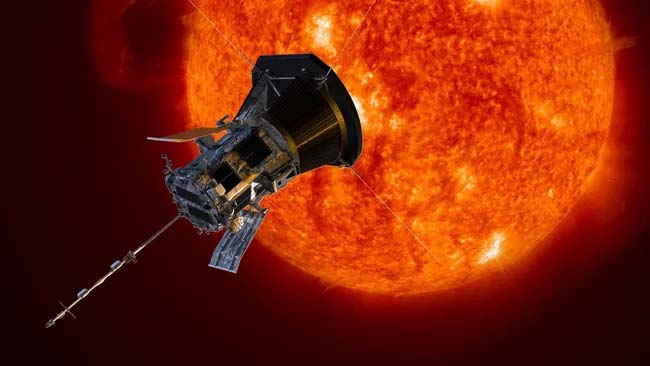Parker Solar Probe is solving long-standing mysteries about the Sun

Science: On Nov. 6, NASA’s Parker Solar Probe passed within 234 miles (376 kilometers) of Venus’s surface. The purpose of this close flyby was to complete a gravity-assist maneuver, in which the probe would steal some of Venus’s momentum to alter the spacecraft’s orbit and bring itself even closer to the sun.
The Parker Solar Probe had already made several close passes of the sun, but the recent flyby was its closest yet, coming within about 3.8 million miles (6 million km) of the solar surface. That’s less than nine times the sun’s radius.
At the time of its closest approach, Parker was traveling at about 435,000 mph (700,000 km/h), making it the fastest object ever designed by humans. To give you a sense of just how fast that is, Parker gives us the rare opportunity to change units: we can reasonably express its speed as 0.06% of the speed of light.
The goal of the Parker Solar Probe mission is to probe the mysteries of the Sun’s corona, its outer atmosphere. Specifically, for decades, we’ve known that the Sun’s visible surface, the photosphere, has a temperature of about a few thousand Kelvin, but the corona itself is in the millions of Kelvin.
The goal of the Parker Solar Probe mission is to probe the mysteries of the Sun’s corona, its outer atmosphere. Specifically, for decades, we’ve known that the Sun’s visible surface, the photosphere, has a temperature of about a few thousand Kelvin, but the corona itself is in the millions of Kelvin.
It’s like turning on a light bulb, and the bulb is hot to the touch but the air around it is a thousand times hotter. Why is that?





